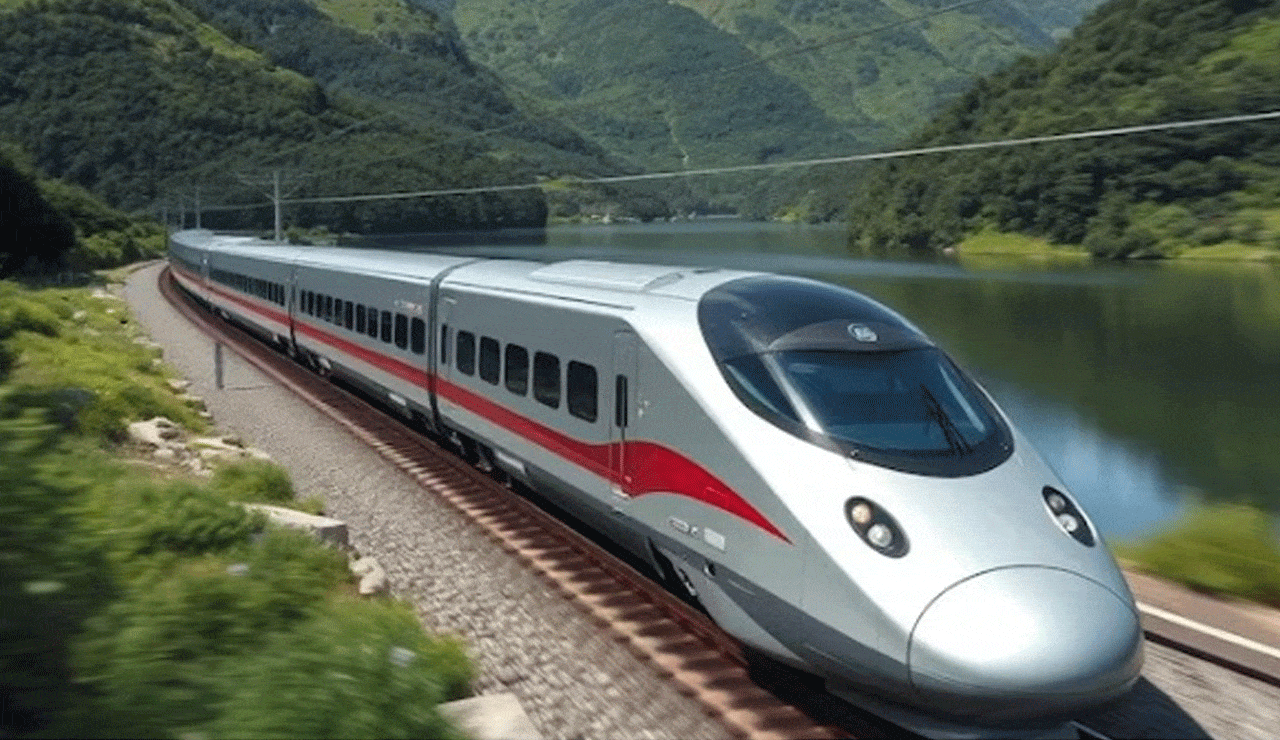Mumbai-Hyderabad Bullet Train Project: High-Speed Connectivity Set to Transform Regional Travel
In a major push to revolutionize intercity travel, the Mumbai-Hyderabad High-Speed Rail (MHHSR) corridor is taking shape with a vision to drastically reduce travel time and boost economic growth in Maharashtra and Telangana.

In a major push to revolutionize intercity travel, the Mumbai-Hyderabad High-Speed Rail (MHHSR) corridor is taking shape with a vision to drastically reduce travel time and boost economic growth in Maharashtra and Telangana.
The 767 km-long bullet train project, although still in the planning stages, promises a futuristic travel experience with cutting-edge technology and infrastructure.
Table of Contents
An Overview of the Mumbai-Hyderabad Bullet Train Corridor
Announced in 2019 as part of India’s broader high-speed rail expansion plan, the MHHSR is one of six proposed bullet train corridors in the country. According to reports from The Metro Rail Guy, the initial tendering began in October 2020, marking early progress in what is expected to be a long-term infrastructure project.
Key Features of the Mumbai-Hyderabad Bullet Train
Designed with speed, comfort, and safety in mind, the bullet train will be built using world-class specifications. Below are some standout features:
- Maximum Speed: 350 km/h
- Operational Speed: 320 km/h
- Average Speed: 250 km/h
- Track Gauge: Standard (1435 mm)
- Signaling System: Digital Signaling with DS-ATC
- Traction: 25 kV AC overhead catenary (OHE)
- Passenger Capacity: Around 750 passengers per train
- Safety: Equipped with UrEDAS for automatic braking during seismic activity
These features align with global bullet train standards and are aimed at providing a reliable, fast, and eco-friendly alternative to traditional rail and air travel.
Proposed Route and 11 Strategic Stations
The MHHSR line will include 11 stations strategically placed to enhance accessibility and connectivity across Maharashtra and Telangana:
- Bandra Kurla Complex, Mumbai
- Navi Mumbai (near Navi Mumbai International Airport)
- Lonavala
- Pune
- Kurkumb/Daund
- Akluj
- Pandharpur
- Solapur
- Kalaburagi (Gulbarga)
- Zaheerabad
- Hyderabad
The inclusion of major cities and regional hubs ensures the corridor will not only connect metros but also empower smaller cities with better access to economic opportunities.
Economic and Social Impact of the MHHSR Project
Though the exact cost of the project has not been finalized, the MHHSR is expected to:
- Drastically reduce travel time between Mumbai and Hyderabad
- Stimulate regional economies through better trade and mobility
- Encourage sustainable urban development
- Enhance employment opportunities during and post-construction
- Strengthen tourism and cultural exchange between the two states
The Road Ahead
Despite no active construction work yet, the Mumbai-Hyderabad Bullet Train project remains a priority in India’s infrastructure development agenda. As feasibility studies, land acquisition, and detailed design work progress, the MHHSR holds the promise of redefining how millions of Indians travel and interact across the two dynamic states.
